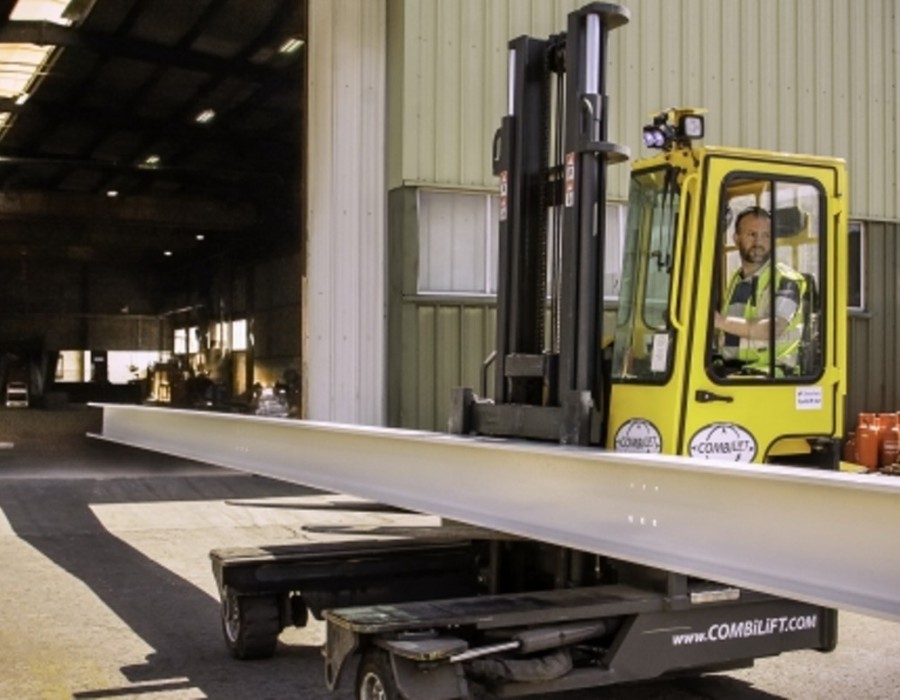Workplace safety is paramount in industries that involve potentially hazardous environments. Two critical areas of focus are confined space training and construction safety training. These training programs ensure that workers are equipped with the knowledge and skills to navigate their tasks safely, minimizing risks and preventing accidents. This article explores the importance of these training programs, their key components, and their impact on workplace safety.
The Importance of Confined Space Training
Confined spaces present unique challenges and dangers. These are areas that are not designed for continuous occupancy, often having limited entry and exit points. Examples include tanks, silos, tunnels, and pipelines. The risks associated with confined spaces include hazardous atmospheres, entrapment, and the potential for suffocation.
Confined space training is essential for educating workers on how to identify and mitigate these risks. Training typically covers the following areas:
- Hazard Recognition: Understanding the types of hazards that may be present in confined spaces, such as toxic gases, lack of oxygen, or flammable atmospheres.
- Safe Entry Procedures: Learning the proper methods for entering and exiting confined spaces safely, including the use of protective equipment and emergency protocols.
- Rescue Operations: Preparing for potential emergencies by training workers in rescue techniques and the use of rescue equipment.
By equipping workers with this knowledge, confined space training significantly reduces the likelihood of accidents and enhances overall workplace safety.
Key Elements of Construction Safety Training
Construction sites are inherently dangerous due to the nature of the work, which often involves heavy machinery, working at heights, and exposure to hazardous materials. Construction safety training aims to protect workers by teaching them how to manage these risks effectively.
Key elements of construction safety training include:
- Fall Protection: Training workers on the use of fall protection systems, such as harnesses and guardrails, to prevent falls from heights.
- Equipment Safety: Educating workers on the proper use and maintenance of construction equipment to avoid accidents caused by machinery malfunctions or improper operation.
- Hazard Communication: Ensuring that workers are aware of the hazards present on the construction site and know how to communicate these risks to others.
- Personal Protective Equipment (PPE): Training on the selection, use, and maintenance of PPE, such as helmets, gloves, and safety glasses, to protect against various workplace hazards.
By covering these essential topics, construction safety training helps create a safer working environment, reducing the incidence of accidents and injuries on construction sites.
Integrating Confined Space and Construction Safety Training
In many industries, workers may face both confined space and construction-related hazards. Integrating confined space training with construction safety training provides a comprehensive approach to workplace safety. This integrated training ensures that workers are well-versed in handling a wide range of potential dangers, from confined space risks to construction site hazards.
For example, a worker on a construction site may need to enter a confined space, such as a manhole, to perform maintenance work. By having both confined space and construction safety training, the worker will be better prepared to recognize hazards, use appropriate safety equipment, and execute emergency procedures if needed.
Effective training programs are the cornerstone of a safe workplace, particularly in high-risk environments like confined spaces and construction sites. Confined space training and construction safety training are critical in equipping workers with the necessary skills and knowledge to perform their tasks safely. By prioritizing these training programs, employers can significantly enhance workplace safety and protect their most valuable asset—their employees.
Our website is a valuable resource for more information.
Overhead Crane Safety Training





Comments